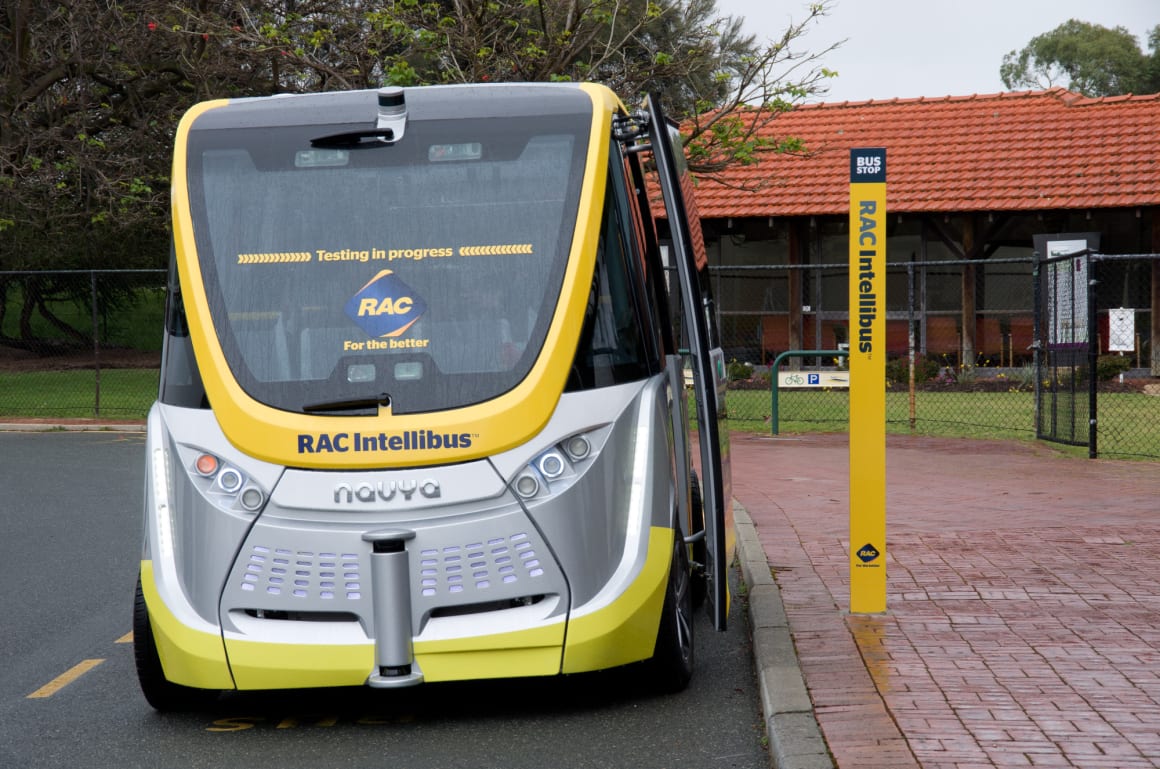Autonomous vehicles: the golden opportunity to right the wrongs of our auto-centric cities

The opening monologue in the ABC's Catalyst - Sit back, relax; The dawn of the driverless car - sets an intriguing tone for the 53 minute episode.
The motor car has shrunk the world, increased personal freedom and in so many ways expanded our horizons. But there's a flipside, cars have damaged our environment, poisoned the air we breathe and killed us in far more straightforward ways.
The episode highlights the 5-6 levels used to describe autonomous vehicles and contains a mix of local and international guests which include technologists, journalists, and designers.
Much of the programme is dedicated to explaining the levels of autonomy and it spends a great of time on looking at where the industry has been and where it is now.
In a nutshell, manufacturers are about to move, en masse, from level 3 to level 4, which, according to the various levels of autonomy, means that vehicles will become fully autonomous but limited to an 'operation design domain'.
The regulatory environment for cars is naturally set to change to enable the introduction of level 4 and level 5 cars and it'll be an ongoing task for governments - predominantly states in the Australian context - to keep pace with the innovation that each manufacturer produces.
I'm an enthusiastic supporter of greater autonomy for vehicles in the long-run - especially if we use them to liberate people from car ownership through early implementation of shared services and perhaps most significantly tailor their regulated use to be one that provides 'last-mile' public transport access to the suburbs.
La Trobe University has joined the long-list of other national trial sites where level 4 mini-buses are being trialed in controlled conditions. The vehicle pictured above, a French-built Nayva Arma, has had 30 vehicles deployed around the world including along the southern banks of the Swan River in South Perth.
On Catalyst, Jennifer Kent from the School of Architecture, Design and Planning at the University of Sydney highlighted a very distinct problem which needs to be addressed with vision and a solid policy response from the city-thinkers.
At present, a commuter might travel 10km to their workplace and 10km back to the home on a normal commuting day - a 20km round trip. In an autonomous scenario where the commuter owns the vehicle, they might get ferried to their workplace 10km away as normal but the car could then be sent back to their residence to be parked during the day, sent back to the workplace at the end of the day and then ferry the commuter back home - a 40km 'driving' day for the vehicle.
In this scenario, the road-space efficiency benefits are moot as the cars would be doing double the amount of driving - and on a wider scale, with many thousands of commuters doing the same thing, it's not hard to see how this could potentially clog streets even more.
Academics from QUT and Monash University have begun to highlight the areas where autonomous vehicles will transform our cities for better or worse and it's a welcome addition to the discussion because, until this point, the focus has either been on the PR/wow factor of self-driving cars or the ethical questions which are raised if they were to be introduced on a grand scale.
For me the greatest benefit of the transition to an entirely autonomous fleet of cars is the changes we can make to our cities, as highlighted in the linked Conversation article above.
Removing the need to add car parks to new developments? Fantastic.
Removing on-street car parking spaces on streets where high-frequency public transport exists? Superb.
Removing the wasted space - in the form of surface or multi-level car parks - which litters every city? Great.
Rather than take a wait-and-see approach, urban thinkers should be advocating, loudly, to use the foreseeable transition as an opportunity to right the wrongs of the past century: discouraging business models that focus on owning (and eventually depending) on your own autonomous vehicle.
It's time to re-take the streets!
When you have an hour to spare, I highly recommend watching the Catalyst episode mentioned in this piece.